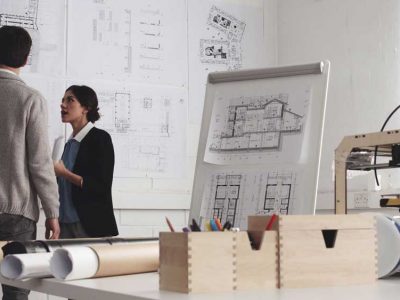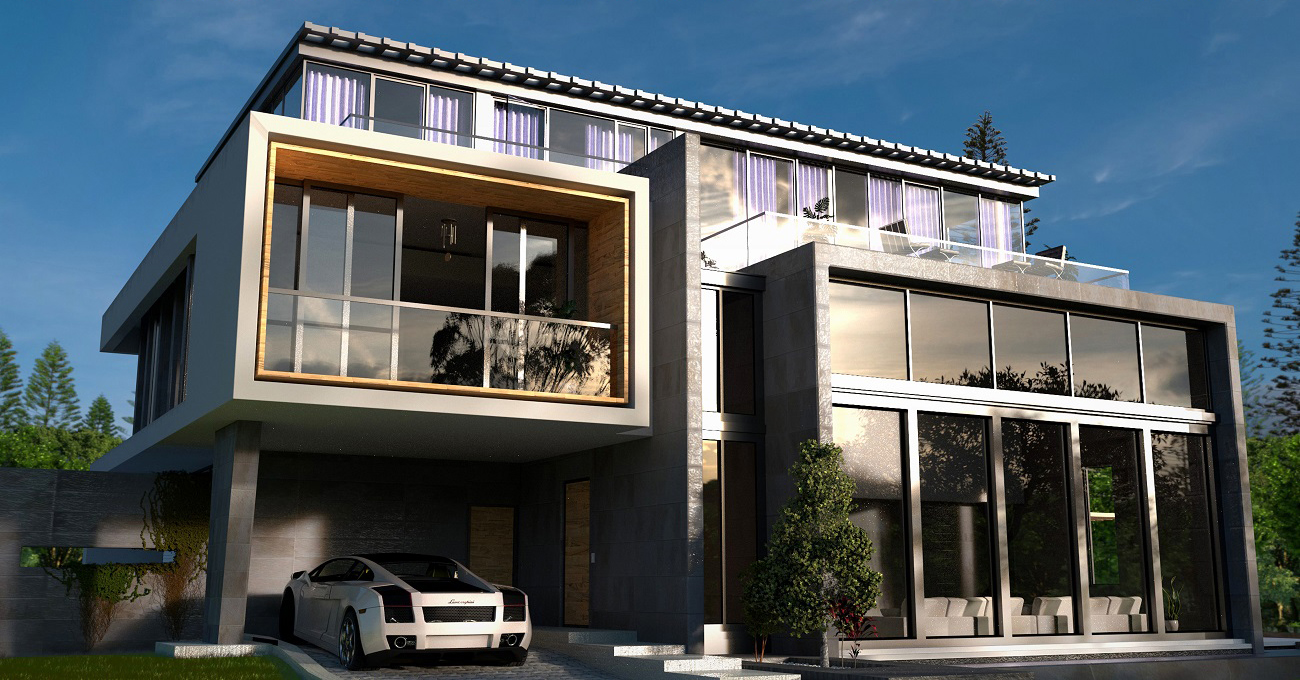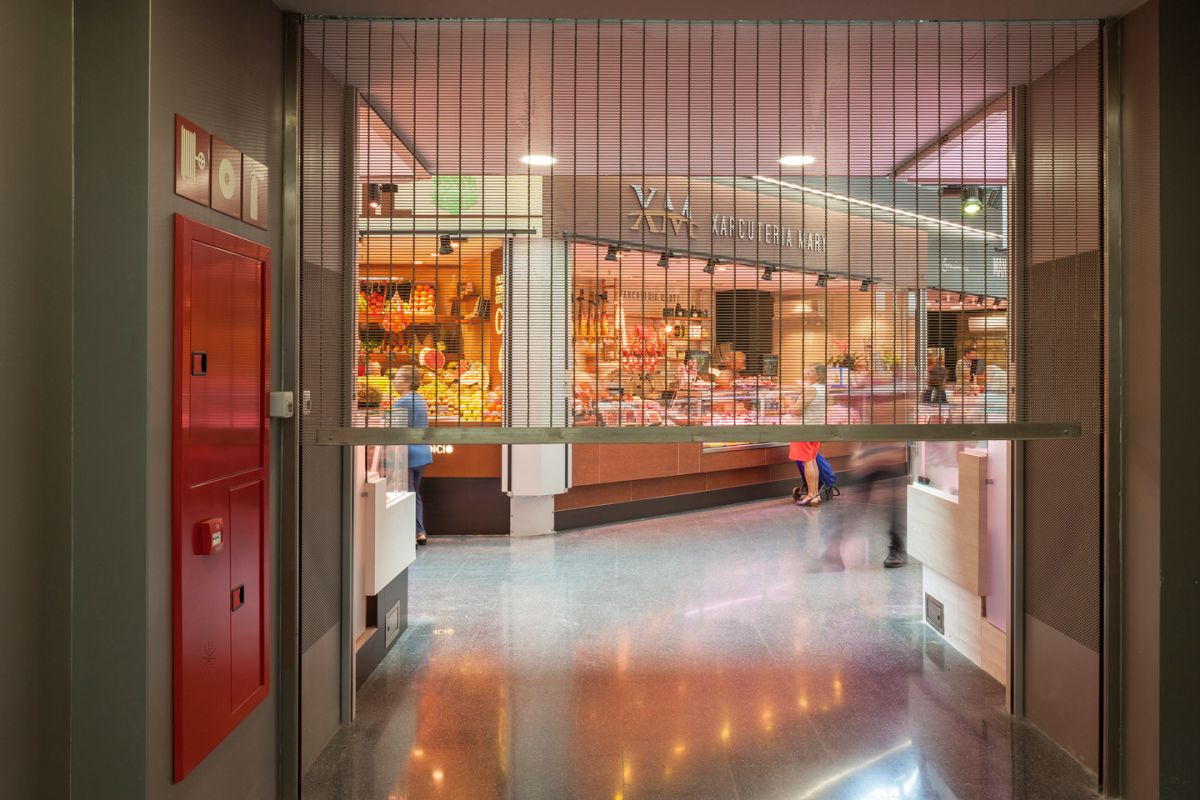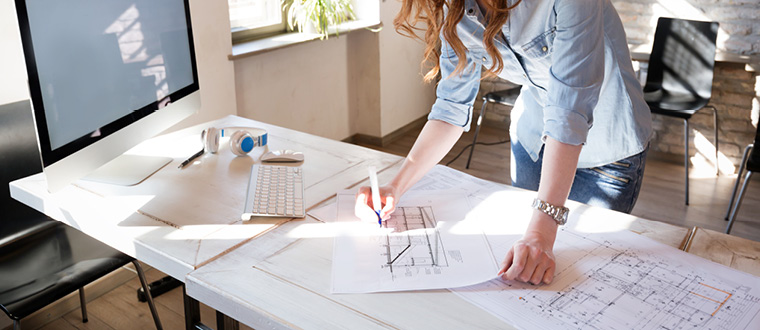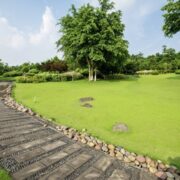
As more people become thinking about the result they’re getting on the atmosphere, the opportunity to design and construct structures which are energy-efficient and eco-friendly has become more essential. El born area of design is known as eco-friendly architecture and it is an increasing trend among individuals wanting to reside in harmony using their atmosphere and individuals wanting to conserve traditional energy sources.
Looking for a way to get rid of your household and general waste? Look no further than ASAP Skip Bins. We can help you dispose of your waste in a safe and environmentally friendly manner.
Eco-friendly architecture aims to operate harmoniously using the natural features that surround the position of the project, to make use of construction materials that may be easily grown or which have been recycled and also to maximise the power efficiency from the building. It has benefits for the atmosphere but for the occupants from the building.
Eco-friendly architecture should make use of the natural ecosystem from the planet like a macro model and eco-friendly architects must always keep your atmosphere in your mind when making. Hearing a customer and reworking their demands right into a workable, energy-efficient and eco-friendly design is really a skill and something that you ought to ensure the selection of eco-friendly architect has.
A structure designed using eco-friendly architecture will reduce energy bills, use less water and can reduce the quantity of waste being put into landfill sites. There are a number of the way by which these savings are achieved.
Among the best known ways of reducing energy bills would be to have solar power panels installed. There are lots of advantages to using solar power panels varying from low maintenance and flexibility into it being non-polluting and a renewable power source. Following the initial installation, you will find relatively couple of ongoing costs. No moving parts mean low maintenance and also the heat and sunlight is free of charge!
Another way utilized in construction of eco-friendly architecture is thermal mass. Insulated Concrete Forms (ICF’s) create a framework when locked together similar to Lego bricks. This framework forms a lasting and integral area of the building and it is pumped filled with concrete that’s been composed and cured to lessen its thermal conductivity. This creates the thermal mass needed to counteract outdoors temperature fluctuations around the ambient temperature within the building thus reducing energy bills.
Using recycled materials has become more and more popular, out of the box using eco-friendly materials. Recycled materials include glass, plastic and tyres while eco-friendly materials include wood, stone and earth. With such recycled sources reduces the waste being delivered to landfill sites and using the eco-friendly, natural sources helps our structures blend more harmoniously using their environs.
They a few of the methods that eco-friendly architecture is rendering our structures a lot more sustainable and eco-friendly. For instance water, dirt, rammed earth and logs all can be utilised to supply thermal mass to some building rather of ICF’s. Which suits any project should be based upon the atmosphere around the position of the building and also the immediate ecosystem from the area. Discussions together with your eco-friendly architect can help you decide what direction to go.
Other techniques associated with eco-friendly architecture are not very well known generally however your eco-friendly architect must state them because they all help to increase the power efficiency of the project, for instance:
· Using in your area sourced materials cuts down on the cost and employ of fuel for transportation and when trees are felled to create room for the project this wood might be offer use within the construction.
· Recycling ‘grey water’ (waste water from baths, showers and wash hands basins) could be taken, stored and treated to some standard appropriate for WC flushing.
· Rainwater harvesting is often as simple like a water butt within downpipe or perhaps a more complicated over or subterranean tank based on your use for that water which may be everything from watering a garden or cleaning your vehicle to flushing your toilet or getting a baby shower.
· Small-scale wind generators may be used to generate energy to charge small batteries with applications for example lighting and electric pumps.
Many possibilities exist for people to begin living in a manner that is much more harmoniously with this surroundings. Whether you need to light a garden using solar energy, generate wind energy to light your caravan or develop a home on your own that’s eco-friendly, energy-efficient and also at one with nature we all can increase the conservation in our planet.
Eco-friendly architecture is the best way to release ourselves in the grip of non-renewable fuels in to the hands of alternative energy, eco-friendly architecture is the way forward for us as well as the earth.

